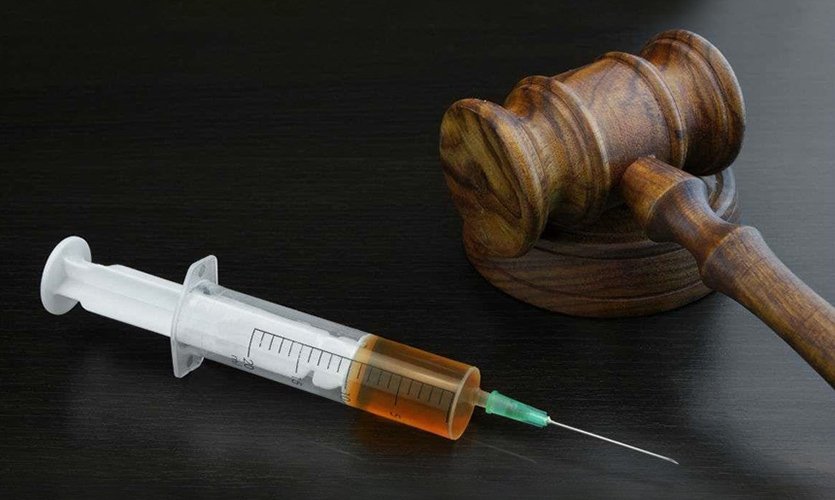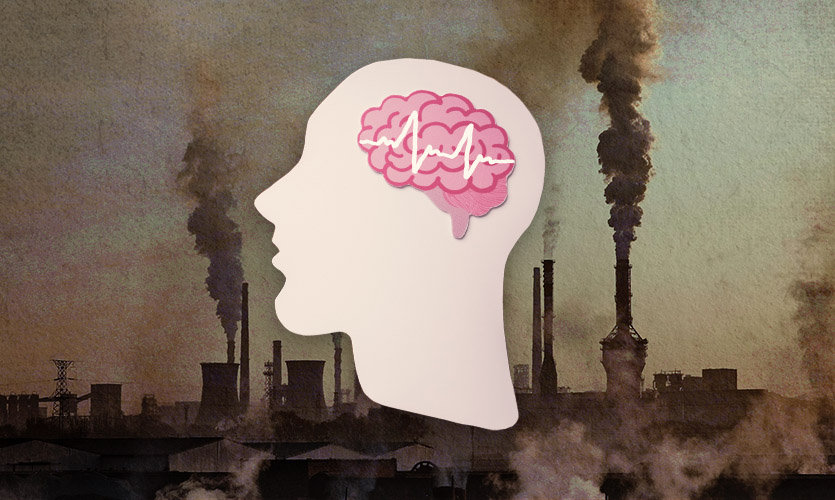The maverick French-Swiss film director Jean-Luc Godard, who pushed the envelope of post-war European cinema, breathed his last on Tuesday. While his life revolutionalised the French New Wave cinema, his death has sparked dialogue over the means of his death: assisted suicide.
Godard chose to take this step since he was “stricken with ‘multiple incapacitating illnesses’”, and “had recourse to legal assistance in Switzerland for a voluntary departure”, as per his legal counsel Patrick Jeanneret. He died surrounded by his family and dear ones after living as a virtual recluse in the Swiss village of Rolle for decades.
Even though it has left his fans grief-stricken, the elephant in the room remains the legalisation of assisted suicide, and what makes one take such a step.
What Does It Mean To Pull The Plug?
Assisted suicide is ending one’s life with the aid of another person. It usually implies physician-assisted suicide (PAS), wherein a physician or healthcare provider prescribes a lethal dose of drugs, provided the person qualifies under the PAS laws. It is often jumbled with euthanasia, which is the practice of ending a terminally ill patient’s life with a painless death. The difference between the two practices lies in the action taken by the patient. Euthanasia could be active, where patients ingest/inject lethal medication; or passive, which involves withdrawal of life support.
Generally, patients qualify for PAS after meeting the criteria, which comprise having a terminal illness, proof of being of sound mind, voluntarily and repeatedly expressing their wish to die, and lastly, taking the lethal dose by their own hand. Although the rules vary from country to country.
The debate over the legalisation of euthanasia and assisted suicide have seen a lot of calendars turn, but only a handful of countries such as Austria, Belgium, Canada, Germany, Luxembourg, the Netherlands, New Zealand, Spain, Switzerland, parts of the United States and parts of Australia have legalised the practice. The underlying ethical, religious and historical implications of the practice have stretched this debate far and wide.
Active Euthanasia Or Assisted Suicide: What Guarantees An Ethical Death?
Critics of active euthanasia have condemned the act based on the extermination of disabled children carried out by Adolf Hitler in the 1930s-40s. Such a step was taken by the German dictator under the guise of ‘improving the Aryan race’, thereby running a eugenic programme. The risks of such programmes being run by officials as propaganda against the weaker section cannot be fully dismissed. Also, it is advocated that involuntary euthanasia violates a patient’s right to life. Religiously speaking, this is in agreement with the majority of the faiths in the world. Religions like Buddhism, Hinduism, Islam, Christianity, Jainism, and so on, view the practice as a “violation of the divine law, an offence against the dignity of the human person, a crime against life, and an attack on humanity”. It is a common belief across religions that human life is a gift from God, and must end by his will only. Additionally, placing the power in the hands of the family and doctors nullifies the purpose of one’s right to die on their own terms, and relatives may indulge in malpractices ruled by selfish motives to inherit wealth and property.
On the other hand, Switzerland is one of the many countries that has turned a corner in legalising assisted suicide since 1942, provided that the person assisting has no selfish motive. Ever since, people across the globe, one of which was Jean Luc-Godard, have flown down to the Swiss country to access this service. However, euthanasia stands illegal in the eyes of Swiss law. Roughly 1,300 people used the services of assisted death organisations such as Dignitas and Exit last year. Both of these organisations use ingestible liquid barbiturate drugs to induce a deep coma followed by death.
With the onset of technology, Switzerland has made headway when it comes to easing the process of PAS. The Sarco machine, shaped like a coffin, allows patients to end their life painlessly by inducing hypoxia and hypocapnia (the state of inadequate oxygen supply at the tissue level and reduced carbon dioxide in the blood, leading to death). The country legalised the ‘suicide machine’ last year. Interestingly enough, staying true to its name, it functions as a tomb for its user since the biodegradable capsule may detach from the machine’s base to serve as a coffin.
Is Passive Euthanasia A Stepping Stone For Assisted Suicide?
Following Jean Luc Godard’s death, French President Emmanuel Macron, while campaigning for his re-election, stated that the government shall hold discussions with healthcare officials and politicians to ponder the legalisation of assisted suicide. Currently, passive euthanasia is legal in the form of stopping life-sustaining treatments, including artificial hydration and nutrition. It also allows patients to request “deep, continuous sedation altering consciousness until death”, but only when their conditions are likely to lead to a quick death.
Such laws by international countries act as a roadmap for countries like India to facilitate a decision for the betterment of patients, especially terminally ill patients and senior citizens.
Aruna Shanbaug, a nurse working at the King Edwards Memorial Hospital, was physically and sexually assaulted, an incident that left her in a vegetative state for 42 years. She was unable to perform the basic functions of a human body, and was completely dependent on the hospital staff for looking after her. Unable to bear her plight, journalist Pinki Virani filed a petition to put an end to her suffering. In a landmark judgement in the Shanbaug case, the Supreme Court recognised a person’s right to die with dignity and legalised passive euthanasia, permitting the withdrawal of life-sustaining treatment from patients not in the sound mind to make a decision.
Right To Life With No Right To Die
Evidently, assisted dying could be a step towards compassion for those who are suffering, and respecting their autonomy over their lives. Moreover, medical procedures can be exhausting and expensive for both the patient and their family. While the world has made vast technological advancements in medicine, pain-free treatments with guaranteed recovery for a majority of diseases are yet to be discovered. Keeping the mental state of the family and the patient in mind, assisted suicide as a practice gives one the right to die on one’s own terms, without succumbing to the loss of physical and mental capabilities.
Safeguards such as a living will enlisting the patient’s healthcare wishes and supervision of healthcare providers can pave the way for the legalisation of assisted suicide. On the other hand, active euthanasia still remains debatable since it grants access to excessive power in the hands of the doctor, and offers less autonomy to the patient.
Many people wish that they may live to be 103 years old, or more. But imagine, would you want to, given that you have turned old, are entirely dependent on your family and medicines, and are in excruciating pain that comes with age? As terrifying as it sounds, people all over the world still do not have the right to die by their will. If Constitutions safeguard the citizens’ right to life, why not their right to die?
Can assisted suicide be looked at simply as the right of a person who is suffering, to die with dignity?
Read more: Why Are Women More Likely To Face Sleeping Problems, Anxiety, And Hair Loss?










